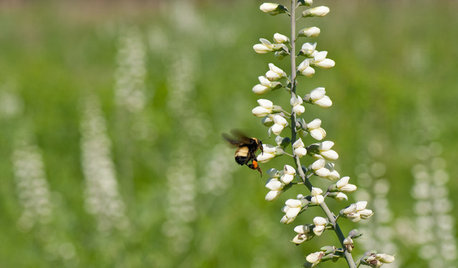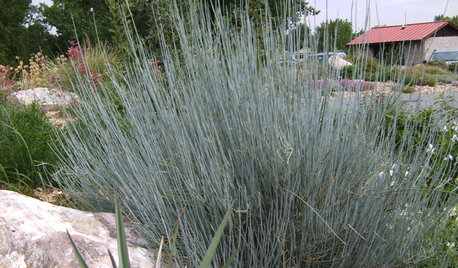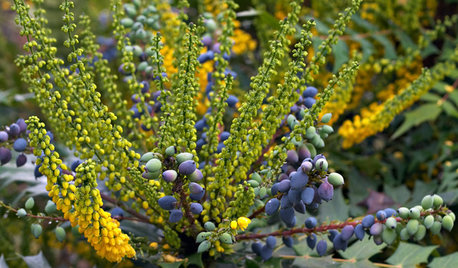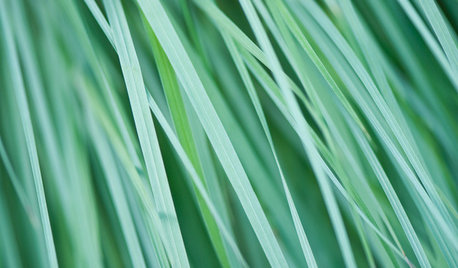Planting in sandy loam vs. all compost?
kristimama
15 years ago
Related Stories

GARDENING GUIDESGet on a Composting Kick (Hello, Free Fertilizer!)
Quit shelling out for pricey substitutes that aren’t even as good. Here’s how to give your soil the best while lightening your trash load
Full Story
GARDENING GUIDESNew Ways to Think About All That Mulch in the Garden
Before you go making a mountain out of a mulch hill, learn the facts about what your plants and soil really want
Full Story
GARDENING GUIDESGardening Solutions for Dry, Sandy Soils
Has your desert or beachy site withered your gardening creativity? Try these ideas for a beautiful, easy-care landscape
Full Story
GARDENING GUIDESGreat Design Plant: Helianthus Maximiliani Attracts Beneficial Insects
Maximilian sunflower’s striking yellow flowers light up the fall landscape and attract pollinators and beneficial insects at a crucial time
Full Story
GARDENING GUIDESGreat Design Plant: Please Bumblebees by Planting Baptisia Lactea
Plant wild white indigo in central and southeastern U.S. gardens for its large white flower heads and early-spring interest
Full Story
GARDENING GUIDESInvite Mining Bees to Your Garden by Planting Their Favorite Plants
Look for mining bees (Andrena) pollinating woodland wildflowers in U.S. gardens this spring
Full Story
BLUE AND GRAY FOLIAGEGreat Design Plant: Bluestem Joint Fir
For a splash of cool blue color that lasts all year, try this evergreen in a sunny and dry garden spot
Full Story
GARDENING FOR BUTTERFLIESGreat Design Plant: 'Charity' Oregon Grape
Giving nectar to hummingbirds and delicious berries to all, 'Charity' is a four-season garden delight that lives up to its name
Full Story
NATIVE PLANTSGreat Design Plant: Wild Bergamot, Friend of Foragers
Nourish butterflies and other winged creatures with the tubular flowers of Monarda fistulosa, a pretty pink native
Full Story
GARDENING GUIDESGreat Design Plant: Little Bluestem Goes Above and Beyond
It thrives in poor soil and provides food and shelter for wildlife. Plus, Schizachyrium scoparium is just a darn pretty native grass
Full StoryMore Discussions







dchall_san_antonio
gardengal48 (PNW Z8/9)
Related Professionals
Carlisle Landscape Architects & Landscape Designers · Lowell Landscape Architects & Landscape Designers · Tempe Landscape Contractors · Cockeysville Landscape Contractors · Ellicott City Landscape Contractors · Elmhurst Landscape Contractors · Lantana Landscape Contractors · Little Ferry Landscape Contractors · Mission Bend Landscape Contractors · Clearfield Landscape Contractors · Braintree Decks, Patios & Outdoor Enclosures · Fort Collins Decks, Patios & Outdoor Enclosures · Hobart Decks, Patios & Outdoor Enclosures · Layton Decks, Patios & Outdoor Enclosures · Roseville Decks, Patios & Outdoor EnclosureskristimamaOriginal Author
adirondackgardener
kristimamaOriginal Author
gardengal48 (PNW Z8/9)
Kimmsr
vivekparekh_hotmail_com
organicislandfarmer